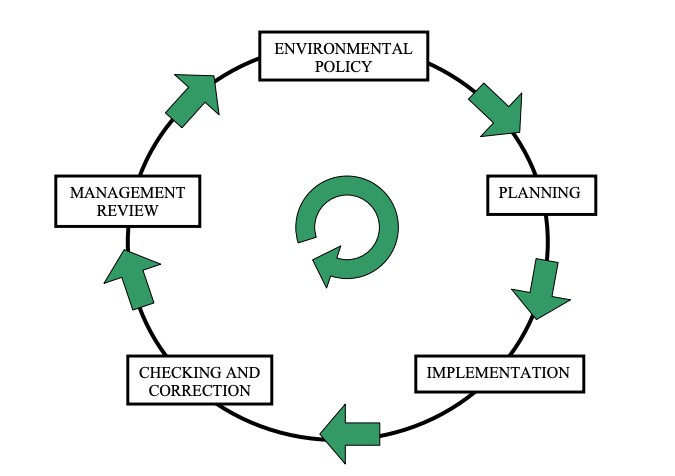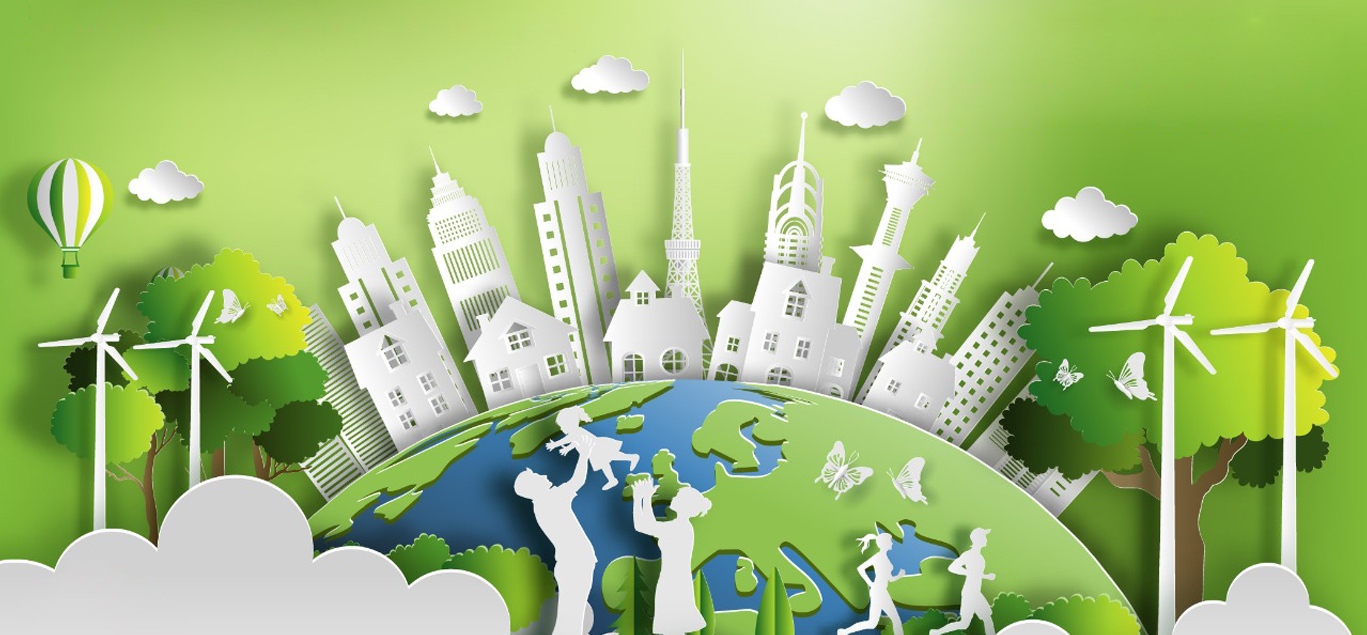Welcome to a world where environmental responsibility is no longer a choice but a necessity. In this era of climate change and sustainability, businesses and individuals alike are seeking ways to minimize their environmental impact. One powerful tool in achieving this is Environmental Liaising. In this article, we will delve into the myriad benefits of this approach and how it contributes to a greener and more sustainable world.

Enhanced Resource Management
Effective environmental liaising enables organizations to streamline resource management. By collaborating with stakeholders, businesses can identify opportunities for resource optimization, reducing waste and saving costs. This not only benefits the bottom line but also contributes to a more sustainable future.
Regulatory Compliance
Navigating the complex landscape of environmental regulations can be daunting. Environmental liaising helps organizations stay compliant with local, national, and international environmental laws. By staying on the right side of regulations, businesses avoid costly fines and legal troubles.
Improved Environmental Performance
Through environmental liaising, organizations gain access to valuable insights and best practices. This knowledge exchange leads to improved environmental performance, reduced emissions, and a smaller carbon footprint. It’s a win-win for both businesses and the environment.
Community Engagement
Engaging with local communities is essential for sustainable development. Environmental liaising fosters positive relationships with communities affected by business operations. This engagement can lead to mutual benefits, such as job creation, community development, and increased trust.
Innovation and Knowledge Sharing
Collaboration often sparks innovation. By working together with various stakeholders, organizations can tap into a wealth of knowledge and expertise. This cross-pollination of ideas can lead to groundbreaking solutions for environmental challenges.
Risk Mitigation
Environmental liaising helps organizations identify and mitigate environmental risks. By addressing potential issues proactively, businesses can avoid costly environmental disasters and reputational damage.
Sustainable Partnerships
Building sustainable partnerships is at the core of environmental liaising. These partnerships can lead to long-term collaborations that benefit the environment and all involved parties. It’s a testament to the power of cooperation in achieving sustainability goals.
Transparency and Accountability
In an age of increasing scrutiny, transparency and accountability are paramount. Environmental liaising promotes openness in environmental reporting and accountability for actions taken. This builds trust with stakeholders and the public.
Economic Benefits
Sustainability and profitability can go hand in hand. Environmental liaising can lead to cost savings, access to new markets, and increased brand value, all of which contribute to economic growth.
Adaptation to Climate Change
Climate change poses significant challenges to businesses and communities. Environmental liaising helps organizations adapt to these changes by sharing knowledge and resources, ultimately enhancing resilience.
Biodiversity Conservation
Preserving biodiversity is crucial for a balanced ecosystem. Environmental liaising often includes initiatives to protect and restore natural habitats, benefiting both wildlife and humans.
Sustainable Supply Chains
Supply chains play a pivotal role in environmental impact. Environmental liaising can help organizations create more sustainable supply chains, reducing carbon emissions and promoting ethical sourcing.
Public Health Benefits
A cleaner environment leads to improved public health. Environmental liaising contributes to reduced pollution and better air and water quality, resulting in healthier communities.
Green Energy Transition
Transitioning to green energy sources is a key component of sustainability. Environmental liaising facilitates the adoption of renewable energy solutions, reducing reliance on fossil fuels.
Crisis Management
In times of environmental crises, such as natural disasters or pollution incidents, environmental liaising can be instrumental in coordinating response efforts and minimizing damage.
Stakeholder Engagement
Engaging with a wide range of stakeholders, from government agencies to NGOs and local communities, ensures a holistic approach to environmental challenges.
Long-Term Planning
Environmental liaising encourages long-term thinking and planning, which is essential for addressing the persistent challenges of climate change and environmental degradation.
Global Collaboration
Environmental issues are global in nature. Environmental liaising fosters collaboration on an international scale, leading to coordinated efforts to combat climate change.
Sustainable Development Goals (SDGs)
Environmental liaising aligns with the United Nations’ Sustainable Development Goals, contributing to the achievement of global targets for a better future.
Green Marketing Opportunities
Consumers are increasingly favoring environmentally conscious businesses. Environmental liaising provides opportunities for green marketing and enhancing brand reputation.
Employee Engagement
Employees are more motivated and satisfied when working for socially responsible companies. Environmental liaising can boost employee engagement and retention.
Data-Driven Decision-Making
Environmental liaising encourages the collection and analysis of environmental data, leading to informed decision-making and continuous improvement.
Circular Economy Practices
Transitioning to a circular economy is a hallmark of sustainability. Environmental liaising supports the adoption of circular practices, reducing waste and resource consumption.
Ecosystem Services
Protecting and restoring ecosystem services, such as clean water and fertile soil, is a fundamental benefit of environmental liaising.
Conclusion
In a world facing pressing environmental challenges, Environmental Liaising emerges as a powerful solution for businesses, governments, and communities. Its benefits, ranging from enhanced resource management to global collaboration, make it a cornerstone of sustainability efforts. By embracing environmental liaising, we can build a more sustainable and prosperous future for all.
How can small businesses benefit from environmental liaising?
Small businesses can benefit by gaining access to resources, knowledge, and networks that help them adopt sustainable practices and comply with regulations.
Is environmental liaising only relevant to large corporations?
No, environmental liaising is relevant to businesses of all sizes. Small and medium-sized enterprises can also reap the benefits of collaboration and sustainability.
What role does technology play in environmental liaising?
Technology facilitates data collection, analysis, and communication, making it a crucial tool in environmental liaising for sharing information and best practices.
Are there any downsides to environmental liaising?
While the benefits outweigh the drawbacks, challenges such as coordination, data sharing, and differing priorities among stakeholders can arise.
How can individuals contribute to environmental liaising efforts?
Individuals can support environmental liaising by advocating for sustainable practices, participating in community initiatives, and staying informed about environmental issues.
Can environmental liaising help address global environmental challenges?
Yes, by promoting collaboration and knowledge sharing on a global scale, environmental liaising plays a vital role in addressing pressing environmental issues.







